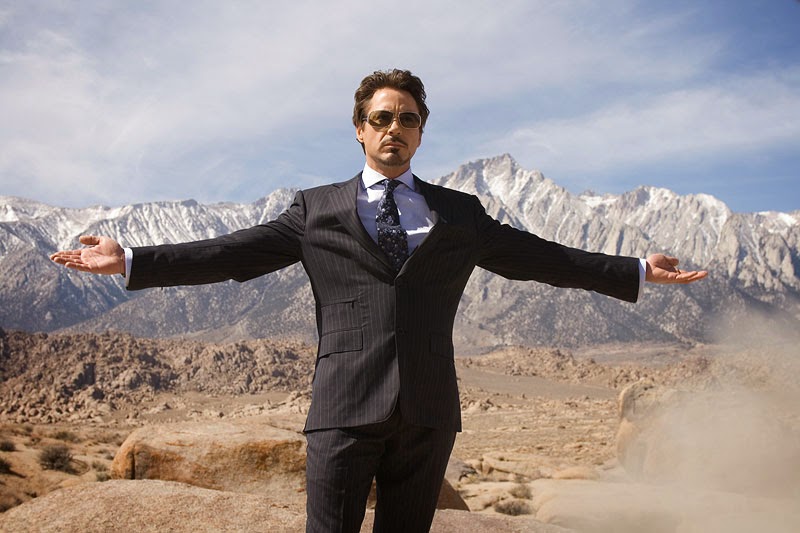We went to Lone Pine to do some walking. Lone Pine is a rustic little town, halfway
into the Sierra Nevada Mountains, with one stoplight,
some motels and an Indian reservation.
Chances are you’d go there if you were heading for Mount Whitney. The big attraction is the Alabama Hills: some very fancy rock formations.
The hills were given the name during the Civil War by some Southern
sympathizers, after the success of the CSS Alabama as a commerce raider (which
is admittedly not so attractive).
Lone Pine also has a
Film History Museum, and this is the big thing about the Alabama Hills: they
make a great backdrop if you’re making a movie: pretty much any kind of
movie. Imdb lists 344 movies or TV shows
with scenes shot there.
They can stand in for anywhere you like,
so they appear in Gunga Din, Charge
of the Light Brigade, Bad Day
at Black Rock, Tremors, and many,
many cowboy movies Including Yellow Sky,
with Gregory Peck and Anne Baxter (below):
In recent years they’ve also appeared in
Iron Man and Django Unchained.
There’s a book by Dave Holland, titled On Location in Lone Pine, which would definitely
help you find where specific movies were shot, though I only found and bought a
copy in the Film Museum gift shop after we’d done our after we’d done our
walking around. As it was, we drove up
Movie Road, got out of the car and consulted a sketchy map, but let’s face it
I’m the kind of man who likes a sketchy map.
But one movie not mentioned in On Location in Lone Pine is Ida Lupino’s
1953 noir extravaganza, The Hitch-Hiker. I’d seen it before but since there was a DVD
for sale in the shop, I bought it and decided to watch it again, which I’ve
just done.
The movie is heavy on the noir and
frankly a bit light on the plausible motivation, but it’s supremely watchable,
not least for the shots of the Alabama Hills, but more for the performances, by
Edmond O’Brien as the good guy who picks up the hitchhiker (hitchhiking, after
all, being a specialized form of walking), played by William Talman, a man so
bad that he has a frozen eyelid and sleeps with one eye open.
Inevitably the guys are mostly in car, supposedly
making a 500 drive mile through Mexico (using a sketchy map), but in fact the Alabama Hills really
aren’t all that extensive, so you know they must have just driven around and
around the scenic parts, never straying very far from town.
But in the end if the car breaks down
and they have to walk the last stage of the journey. Edmond O’Brien has twisted his ankle by this
time and is frankly behaving like a bit of a girl.
In fact it’s easy to read a
proto-feminist message into the movie – that none of these men is really all
that manly, and the bad guy is no man at all without his gun.
Later in the weekend we went in search
of a ghost town named Saltdale, and more or less found it. There really isn’t much that looks like a
town anymore but there’s plenty of salt.
It’s a good place to walk, and I think it’d be a great place to shoot a
movie.



































